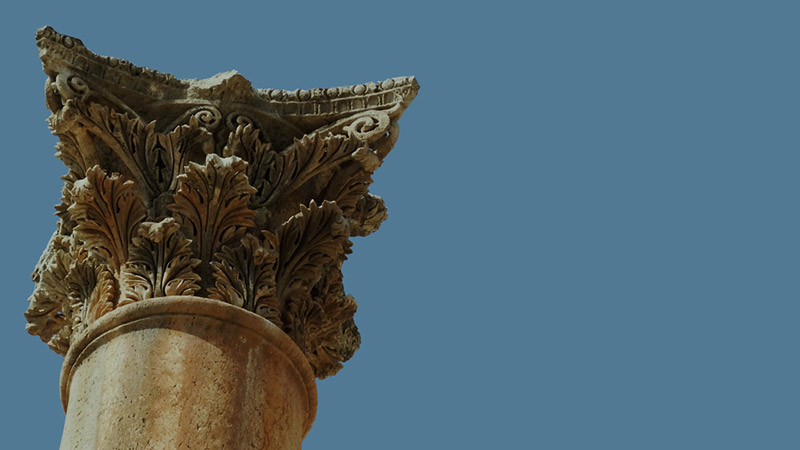Select Marker to See Location Name
You Searched "sinful people"
-
Volume 14
Volume 14 | The Mission of Jesus
-
Volume 12
Lesson 12.1 | Join the Journey
-
Volume 12
Lesson 12.3 | Help Is Here
-
Volume 12
Lesson 12.5 | They Were Not Wandering
-
Volume 11
Lesson 11.1 | The Way of the Essenes
-
Volume 11
Lesson 11.4 | The Last Passover
-
Volume 10
Lesson 10.1 | Build Me a Sanctuary
-
Volume 10
Lesson 10.2 | Making Space for God
-
Volume 8
Lesson 8.1 | How Big is Our God?
-
Volume 1
Volume 1 | Promised Land
-
Volume 10
Lesson 10.1 | Build Me a Sanctuary
-
Volume 11
Lesson 11.1 | The Way of the Essenes
-
Volume 12
Lesson 12.1 | Join the Journey
- LOAD MORE
- SHOW ALL



























































